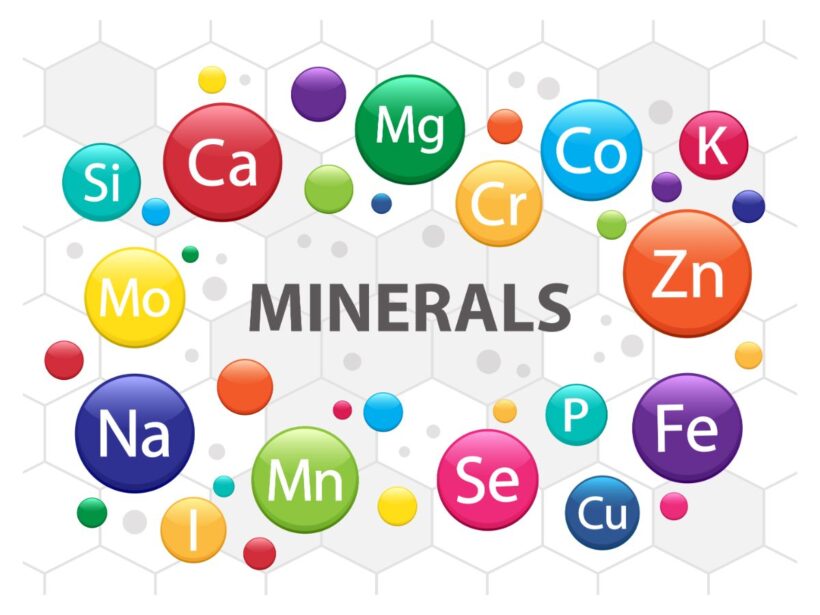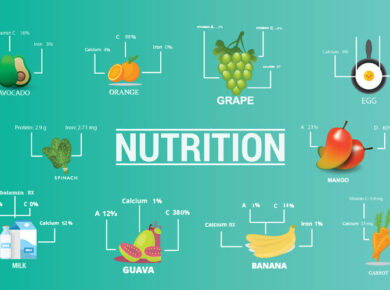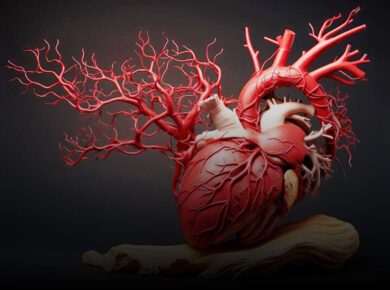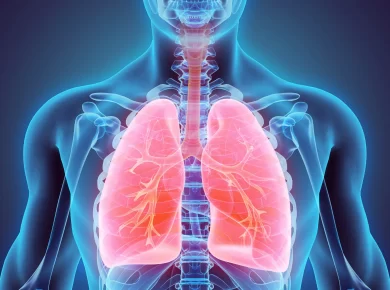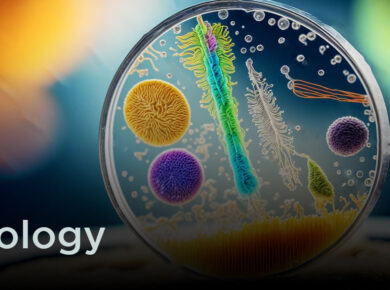Minerals
Dietary minerals are the chemical elements required by living organisms, other than the four elements carbon, hydrogen, nitrogen and oxygen that are present in nearly all organic molecules. The term “mineral” is archaic, since the intent is to describe simply the less common elements in the diet. Some are heavier than the four just mentioned, including several metals, which often occur as ions in the body.
Some dietitians recommend that these be supplied from foods in which they occur naturally or at least as complex compounds or sometimes even from natural inorganic sources (such as calcium carbonate from ground oyster shell). Some minerals are absorbed much more readily in the ionic forms found in such sources.
On the other hand, minerals are often artificially added to the diet as supplements, the most famous is likely iodine in iodized salt which prevents goiter.
Macro minerals
Many elements are essential in relative quantity, they are usually called “Bulk minerals”. Some are structural but many play a role as electrolytes. Elements with recommended dietary allowance (RDA) greater than 200 mg/day are, in alphabetical order (with informal or folk-medicine perspectives in parentheses):
- Calcium, a common electrolyte, but also needed structurally (for muscle and digestive system health, bone strength, some forms neutralize acidity, may help clear toxins, provides signaling ions for never and membrane functions).
- Chlorine as chloride ions; very common electrolyte
- Magnesium, required for processing ATP and related reactions (builds bone, causes strong peristalsis, increases flexibility, increases alkalinity)
- Phosphorus, required component of bones, essential for energy processing
- Potassium, a very common electrolyte (heart and nerve health)
- Sodium a very common electrolyte; not generally found in dietary supplements, despite being needed in large quantities, because the ion is very common in food, typically as sodium chloride or common salt. Excessive sodium consumption can deplete calcium and magnesium, leading to high blood pressure and osteoporosis.
- Sulfur for three essential amino acids and therefore many proteins (skin, hair, nails, liver, and pancreas). Sulfur is not consumed alone, buy in the form of sulfur-containing amino acids.
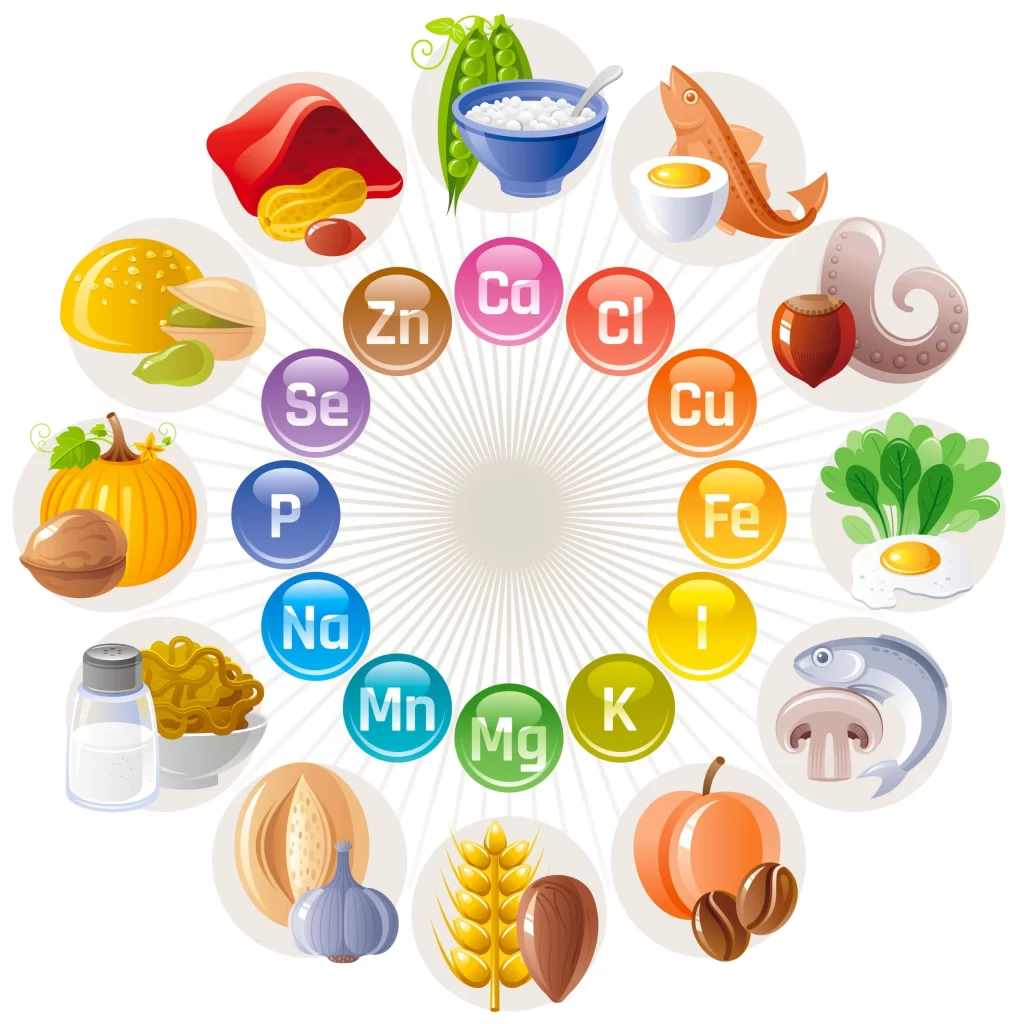
Trace minerals
Many elements are required in trace amounts, usually because they play a catalytic role in enzymes. Some trace mineral elements (RDA < 200 mg/day) are in alphabetical order.
- Cobalt required for biosynthesis of vitamin B12 family of coenzymes. Animals cannot biosynthesize B12 and must obtain this cobalt containing vitamin in the diet.
- Copper required component of many redox enzymes, including cytochrome c oxidase.
- Chromium required for sugar metabolism.
- Iodine required not only for the biosynthesis of thyroxine, but probably, for other important organs as breast, stomach, salivary glands, thymus etc. (see. Extrathyroidal iodine) for this reason iodine is needed in larger quantities than others in this list and sometimes classified with the macro minerals.
- Iron required for many enzymes and for hemoglobin and some other proteins.
- Manganese (processing of oxygen)
- Molybdenum required for xanthine oxidase and related oxidases
- Nickel present in urease
- Selenium required for peroxidase (antioxidant proteins)
- Vanadium (Speculative: there is no established RDA for vanadium. No specific biochemical function has been identified for it is humans, although vanadium is required for some lower organisms)
- Zinc required for several enzymes such as carboxypeptidase, liver alcohol dehydrogenase and carbonic anhydrase.
For more updates, visit www.iasmania.com. Please share your thoughts and comments.
If you’re passionate about building a successful blogging website, check out this helpful guide at Coding Tag – How to Start a Successful Blog. It offers practical steps and expert tips to kickstart your blogging journey!
